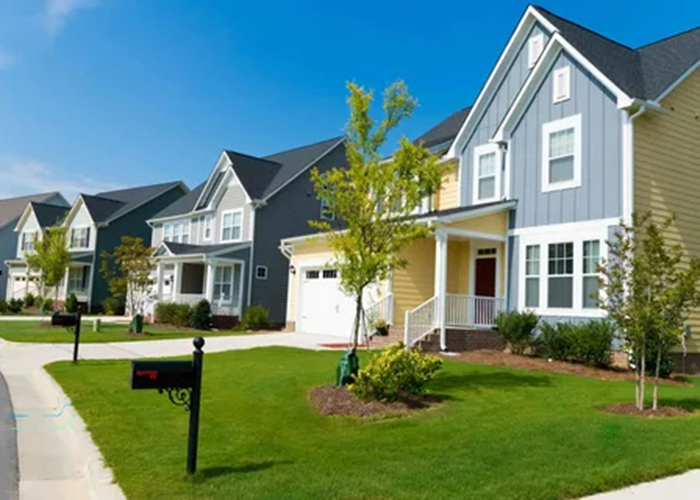Many professions in the United States are licensed at the state or local level. Some states have a two-tier system that may require business registration at the local level and licensing or certification at the state level, or vice versa.
Professional licensing in the United States began in the 19th century with the regulation of traditional professions such as doctors and lawyers. By the early 1950s, less than 5% of the workforce were required to be licensed for their trade or occupation, and that number has now increased to 29%.
The construction sector in the United States consists of three main subsectors:
- Building construction.
- Industrial and civil construction.
- Specialty professional contractors.
Building construction (further subdivided into residential and nonresidential) includes new work, additions, alterations, or maintenance and repair – on-site assembly is also included in this category. Some or all of this work may be subcontracted to other construction businesses, usually specialized trade contractors (which include trades such as electrical, plumbing, painting, and site preparation).
Employment (seasonally adjusted) in building construction is about 6 billion people, with construction workers being the largest occupational group, followed by carpenters, electricians, engineers, and construction equipment and machinery operators, and finally construction managers.
It is estimated that more than 650,000 contractors were working in the remodeling market at the peak of the housing boom in 2007, with two-thirds of them self-employed.
The remodeling market is described as “fragmented,” characterized by much less concentration than other homebuilding industries and a variety of market segments, “ranging from general remodeling (full-service design, build, and repair) to specialty trades (such as roofing, siding, plumbing, electrical, and painting). Of all remodeling jobs with payrolls in that same 2007, about two-thirds were in specialty trades.

